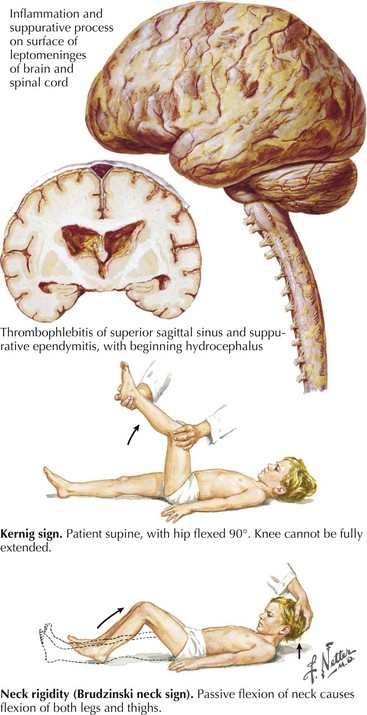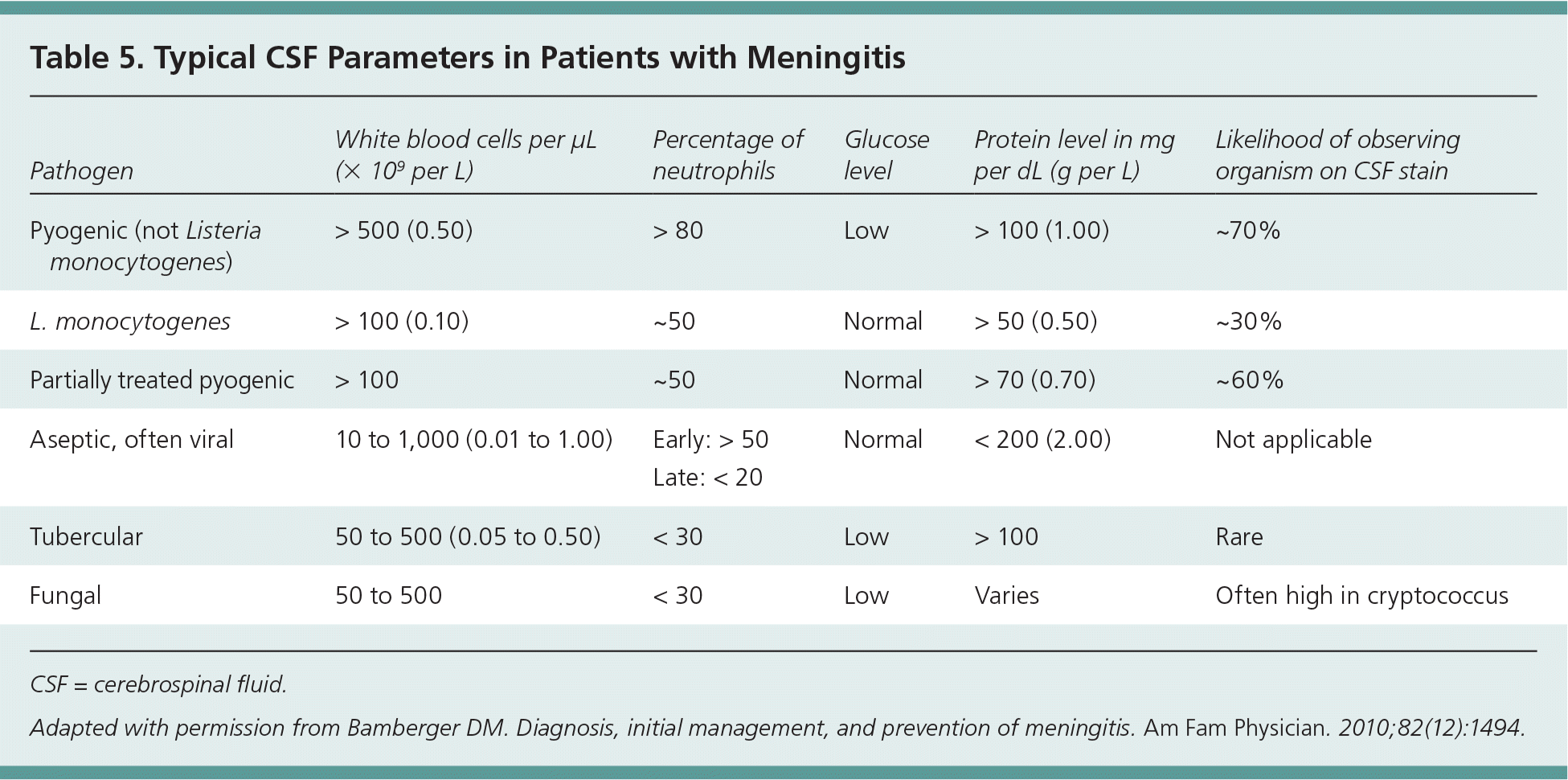
4Įarly diagnosis and initiating appropriate antibiotics in bacterial meningitis reduces morbidity and improves the outcome. Poor immunization coverage, delay in seeking medical attention, malnutrition, delay in diagnosis, and initiating appropriate antibiotic therapy in bacterial meningitis prevail as the major causes of childhood morbidity and mortality in developing countries. The availability of new β-lactam antibiotics, immunization against Haemophilus influenzae, pneumococci, meningococci, advanced intensive care, and supportive management in developed countries has reduced the prevalence of bacterial meningitis and improved the prognosis. The spectrum of disease-causing organisms may change over a period of time.

About 5–20% of meningitis is caused by bacteria. Viral meningitis is more common and bacterial meningitis is more severe. 1 Infectious agents of meningitis include bacteria, viruses, fungus, and other microorganisms. Keywords: Bacteria, Cerebrospinal fluid, Children, Infants, Meningitis.Īcute meningitis in children causes significant morbidity. Furthermore, the study explored the characteristics of CSF and identified the important complications.

Complications among 43 bacterial meningitis included hydrocephalus (8, 18.6%), hearing loss (4, 9.3%), visual impairment (3, 6.9%), brain abscess (3, 6.9%), subdural effusion (1, 2.3%), and infarct (1, 2.3%).Ĭonclusion: The present study has explored the causative bacteria in acute meningitis in children. The median CSF WBC levels in ABM, APBM, and ASM groups were 310, 125, and 140 cells/mm 3, respectively. Important clinical features included fever (96%), seizures (50%), headache (44%), vomiting (70%), altered sensorium (56%), neck stiffness (56%), cranial nerve palsy (16%), and focal neurological deficits (10%). The causative bacteria included Streptococcus pneumoniae, Staphylococcus aureus, Escherichia coli, Enterobacter cloacae, Streptococcus viridians, Brucella, and Salmonella typhimurium. Results: Among 50 children with meningitis, 9 (18%) had ABM, 34 (68%) had APBM, and 7 (14%) had ASM. Meningitis was further classified depending on laboratory findings into acute bacterial meningitis (ABM), probable bacterial meningitis (APBM), and aseptic meningitis (ASM). Clinical data, CSF analysis, and complications of meningitis were retrieved from medical records. Materials and methods: Children aged from 1 month to 18 years admitted to a teaching hospital with a provisional diagnosis of meningitis were studied retrospectively. We aimed to analyze clinical features, CSF characteristics, causative organisms, and the outcome of meningitis in children. Cerebrospinal fluid (CSF) findings characterize the type of meningitis and guide therapy to improve the outcome.

Pediatr Inf Dis 2021 3(4):135–139.Īim and objective: Periodic surveillance of causative organisms of acute meningitis in children is helpful. Clinical Profile, Cerebrospinal Fluid Findings, and Outcome of Acute Meningitis in Children: A Recent Audit from a Tertiary Center in India. Kabbur Anusha Raj 1, Yellanthoor Ramesh Bhat 2, Pushpa Kini 3, Shrikiran Aroor 4ġ–4Department of Paediatrics, Kasturba Medical College, Manipal Academy of Higher Education, Manipal, Karnataka, IndiaĬorresponding Author: Yellanthoor Ramesh Bhat, Department of Paediatrics, Kasturba Medical College, Manipal Academy of Higher Education, Manipal, Karnataka, India, Phone: +91 9686401313, e-mail: to cite this article Raj KA, Bhat YR, Kini P, et al. Pediatric Infectious Disease Volume 3 | Issue 4 | Year 2021Ĭlinical Profile, Cerebrospinal Fluid Findings, and Outcome of Acute Meningitis in Children: A Recent Audit from a Tertiary Center in India


 0 kommentar(er)
0 kommentar(er)
